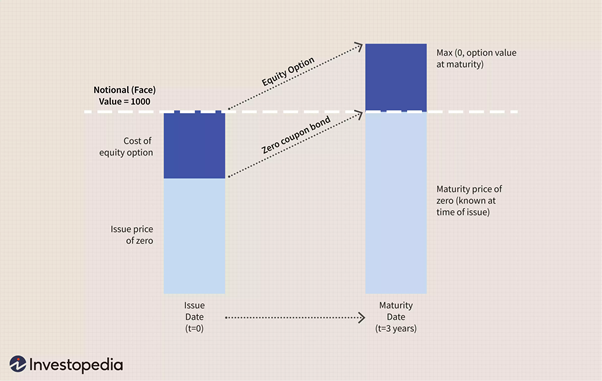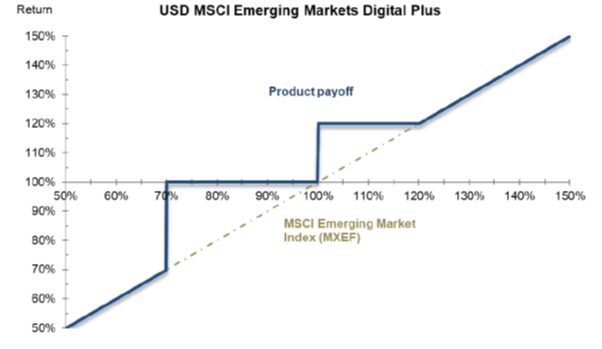Structured products: what are they, and what do they do?
Using structured products appropriately can add significant diversification and return benefits to a portfolio.


Structured products are pre-packaged investments that normally include assets linked to interest plus one or more derivatives (Lamb, 2020). These products are designed to provide investors with a return linked to a particular market/s or security/ies, along with full or conditional capital protection.
Why include a structured product in your portfolio?
- Invest into markets with more certainty, knowing that you have full or conditional capital protection;
- Potential for enhanced returns relative to a direct investment;
- Keep risk under control by providing diversification compared with other more traditional products;
- Invest with more certainty with pre-defined outcomes;
- Diversified payoff profile when compared to traditional long-only investments.
In its simplest form, a structured product comprises two components:
- Zero-coupon bond: this is akin to a fixed deposit and provides the guarantee (see light blue bar sections in the diagram below);
- Derivatives/call option: these offer potential growth beyond any guaranteed return (see dark blue bar sections in the diagram below).
The product described above is known as a growth note and is a common type of issuance. Growth notes seek to profit from positive movements in the price of the underlying while providing a level of downside protection. Many investors think of a growth note as insurance on their investment, given the downside protection it affords. Growth notes can be an appropriate investment for investors who are cautiously optimistic on a particular index/s or share/s.
Another type of product, illustrated in the following graphic, is called a digital. This product offers an investor the opportunity to earn a fixed return at maturity. The payout of this product is linked to the performance of a stock, basket of stocks, index, ETF, commodity, interest rate or currency – commonly known as the "underlying". Digital notes seek to provide a more predictable return outcome at maturity that is not dependent on an investor's participation rate in the underlying. Provided the underlying has not fallen in price by more than the protection level at maturity, the investor will receive their principal in full, along with the fixed return or digital coupon.
Digital example:
- The product pays 22% if the index is flat or positive, plus 100% of the upside beyond 22%;
- It affords 100% capital protection at maturity so long as the index does not fall by more than 30%.
The third and final category of structured products is income notes. Income notes provide an annualised return on an investor's principal. An income note makes a fixed coupon payment to the investor for the lifetime of the note – known as the "term". One type of income product you are likely to come across is called an autocall. They generally have a maximum term, with one or more opportunities to mature early (or "autocall") on specific dates, paying you a fixed return if the relevant underlying asset/s is/are at or above a certain level.
The range of available products is vast, and when selecting which structured product to invest in, you should first assess the investment opportunity. For example, first consider whether an allocation into emerging market equities is a good investment, and after that, assess the available products. In other words, the investment case must make economic sense above all else.
Some of the risks to consider when investing in a structured product are:
- Credit risk: issuer default where you could only receive a portion, or in some instances none, of your investment back;
- Liquidity: if you exit early, you receive the prevailing market value of the investment, which may be below (or above) that what you invested;
- Foreign exchange risk: currency fluctuations may cause the price, and hence the value, of the product to fall (or rise);
- Opportunity cost: a direct investment in the underlying index/security may outperform the product over the term;
- Interest rate risk: changes in interest rates may decrease (or increase) the product's value during the term.
We see structured products as a fifth asset class and one that could be included in most portfolios. The right products used correctly can add significant diversification and return benefits to a portfolio. You can get access to equity exposure with limited downside and at least 1:1 for upside participation in most instances. Speak to your adviser to find out which investments are suitable for you.
Contact me to find out more about structured products
References
Lamb, K. (2020, January 12). An Introduction to Structured Products. Retrieved from: https://www.investopedia.com/articles/optioninvestor/07/structured_products.asp. Accessed July 8, 2021.















